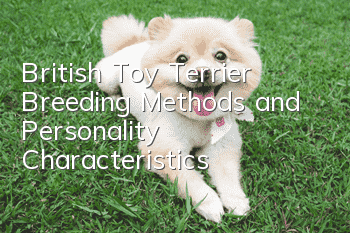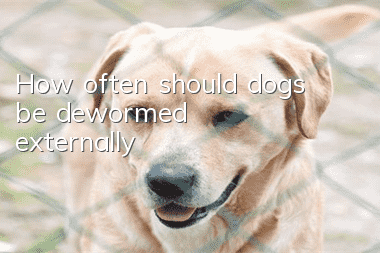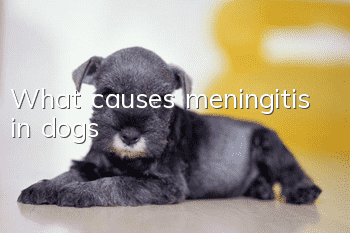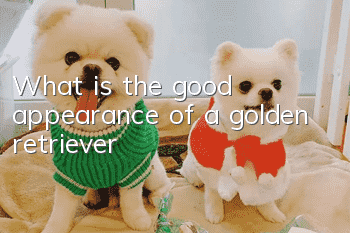British Toy Terrier Breeding Methods and Personality Characteristics

Chinese name: British Toy Terrier
English name: English Toy Terrier
Body type classification: small
Dog breed classification: Terrier
Origin: United Kingdom
Time of origin: 19th century
1. Physical characteristics of the British Toy Terrier
The English Toy Terrier has a slightly curved body and a slightly arched back ("arched" back), but it is still 100% terrier personality: active and small, it is a delightful companion and is suitable for urban life. The head is long and flat, narrow in width, tapering towards the nose. It looks very smart and smart, with its relatively large ears standing high, looking like two flames from the front. The eyes are small, almond-shaped, not prominent, dark and shiny.
2. Characteristics of the British Toy Terrier
British Toy Terriers are optimistic and agile. Although they are petite, they are alert and brave. They always keep a clear head and are good companions for families living in the city. Be alert and never overly nervous. Lively and alert personality, quick and agile actions. When feeding this dog, you must first pay attention to its physique and spend more time on it.
3. How to raise British Toy Terriers
There are many excretions, so most people like to let them go to the toilet on a paper changing pad or newspaper first. Some dogs will use paper changing pads, but some dogs hate this stuff so much that the dogs will tear the paper changing pads to pieces. What you have to do is, whenever you see your dog going to the toilet (sniffing everywhere) or going to the toilet (in the wrong place), you should immediately pick him up and put him on the newspaper. Leave a newspaper with his excrement on the paved newspaper every day. Generally, after a few days, the dog will know that it needs to be solved on the newspaper.
Guess you like it
Belgian Tervuren | Flat-coated Retriever | Ibizan Hound | Welsh Springer Spaniel | Curly-Coated Retriever | Groanda
French Water Dog | Norwegian Shepherd | Australian Kelpie | Styrian Rough-Haired Hound | Short-haired Sheepdog | Eurasian Dog
Lacanos | Canary Mastiff | Short-haired Italian Hound | Austrian Black and Tan Hound | Montenegro Mountain Hound | Smolander Hound
Malinois | English and French Beagle | Istrian Pinscher | Sicilian Hound | Portuguese Bodengoer | Pug | Finnish Reindeer Dog
- Common skin diseases in summer, has your dog been affected by it?
- If your dog doesn’t take medicine, how should you give it pills?
- Why is the dog scratching the floor?
- How to clean your dog’s face
- Why does a dog suddenly drink water frequently?
- Best time to neuter your dog
- Five things to pay attention to in daily dog care
- What are the sequelae of canine distemper?
- How to treat dandruff on dogs
- What to do if the dog doesn’t take its owner seriously_Solutions



